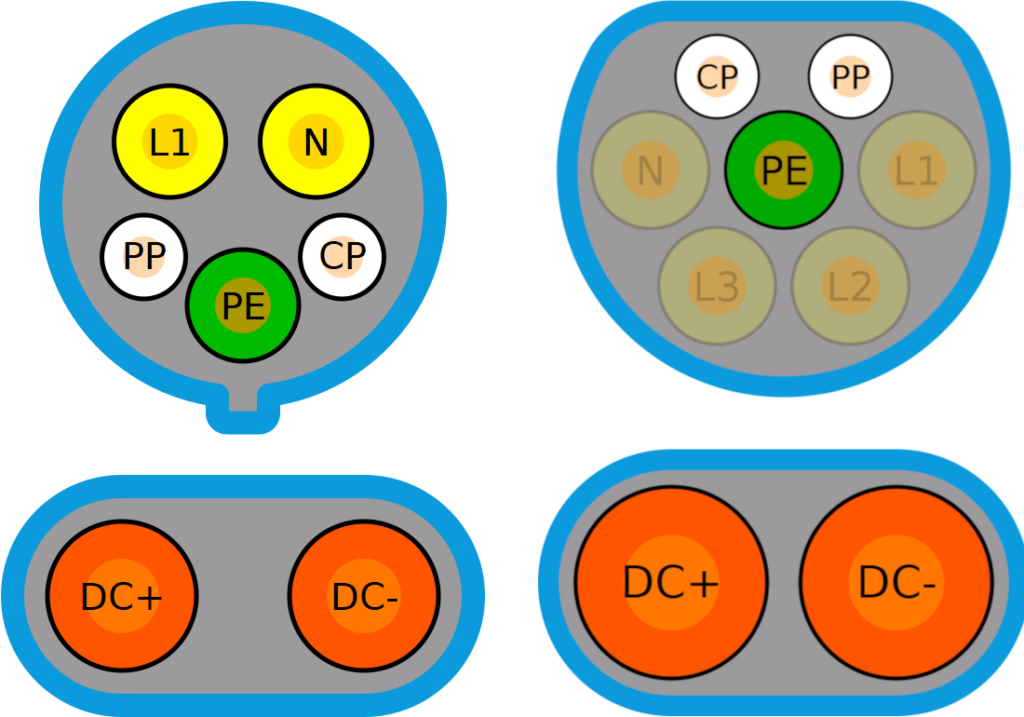The California Energy Commission (CEC for short) have recently undertaken a consultation on Assembly Bill 2127, which mandates a biennial assessment of electric vehicle charging infrastructure in California. Following that consultation they have now published a technical note which recommends the “Deployment of ISO 15118-Ready Chargers “. It states amongst other things that:
California Energy Commission (CEC) staff recommends that charging providers pursue widespread deployment of ISO 15118-ready chargers. CEC analysis indicates that ISO 15118-ready chargers are needed to support current and upcoming vehicle features, critical vehicle-grid integration capabilities, and an easier-than-gas user experience.
The technical note provides an “ISO 15118-Ready Hardware Definition” which states that:
Based on dozens of stakeholder conversations, CEC staff has identified the following capabilities needed to support ISO 15118 communication for chargers using the J1772 or CCS connector. An “ISO 15118-ready” charger is capable of, at minimum:
- Powerline carrier (PLC) based high-level communication as specified in ISO 15118-3.
- Secure management and storage of keys and certificates.
- Transport Layer Security (TLS) version 1.2; additional support for TLS 1.3 or subsequent versions is recommended to prepare for future updates to the ISO 15118 standard.
- Remotely receiving updates to activate or enable ISO 15118 use cases.
- Connecting to a backend network.
- Selecting the appropriate communication protocol used by the vehicle.
An ISO 15118-ready charger uses at least one J1772 or CCS connector; this includes multiple-connector DC chargers with at least one CCS connector. ISO 15118-ready chargers should have onboard hardware to support the above capabilities, although software implementation of specific ISO 15118 use cases is not included in the scope of this recommendation. For example, an ISO 15118-ready charger should have the onboard hardware needed for Plug and Charge, but might not yet have Plug and Charge software implemented.
ISO 15118-ready chargers should be capable of selecting the appropriate communication protocol used by the vehicle. AC chargers should support pulse-width modulation control as specified in J1772 and be capable of communicating using ISO 15118-2 and/or ISO 15118-20. DC chargers should support DIN 70121 and be capable of communicating using ISO 15118-2 and/or ISO 15118-20.
The CEC then mention an area dear to our heart here at V2G UK, bi-directional charging:
CEC staff estimates that the marginal hardware components needed for ISO 15118 readiness cost less than $6 per charger. Despite the growing number of electric vehicle models using ISO 15118 for Plug and Charge and grid-integration features, many existing chargers, particularly AC chargers, are not equipped to reciprocate such communication. To fully support these vehicle models and capabilities, CEC staff recommends widespread deployment of ISO 15118-ready chargers.
The capabilities of an ISO 15118-ready charger identified above outline a hardware baseline for chargers using the J1772 or CCS connector and do not discourage additional functionality. ISO 15118-ready chargers may optionally support bidirectional charging. ISO 15118-ready chargers do not affect the use of other communication pathways (such as vehicle telematics).
All in all it sounds as though smart charging stations destined for the Californian market will in future bear a close resemblance to their European equivalents, albeit with some differences. A 60 Hz supply for example, and a CCS1 DC plug rather than CCS2:

There is however a fly in the ISO 15118 ointment:
CEC staff also plans to monitor related market indicators, such as PLC transceiver lead times.
